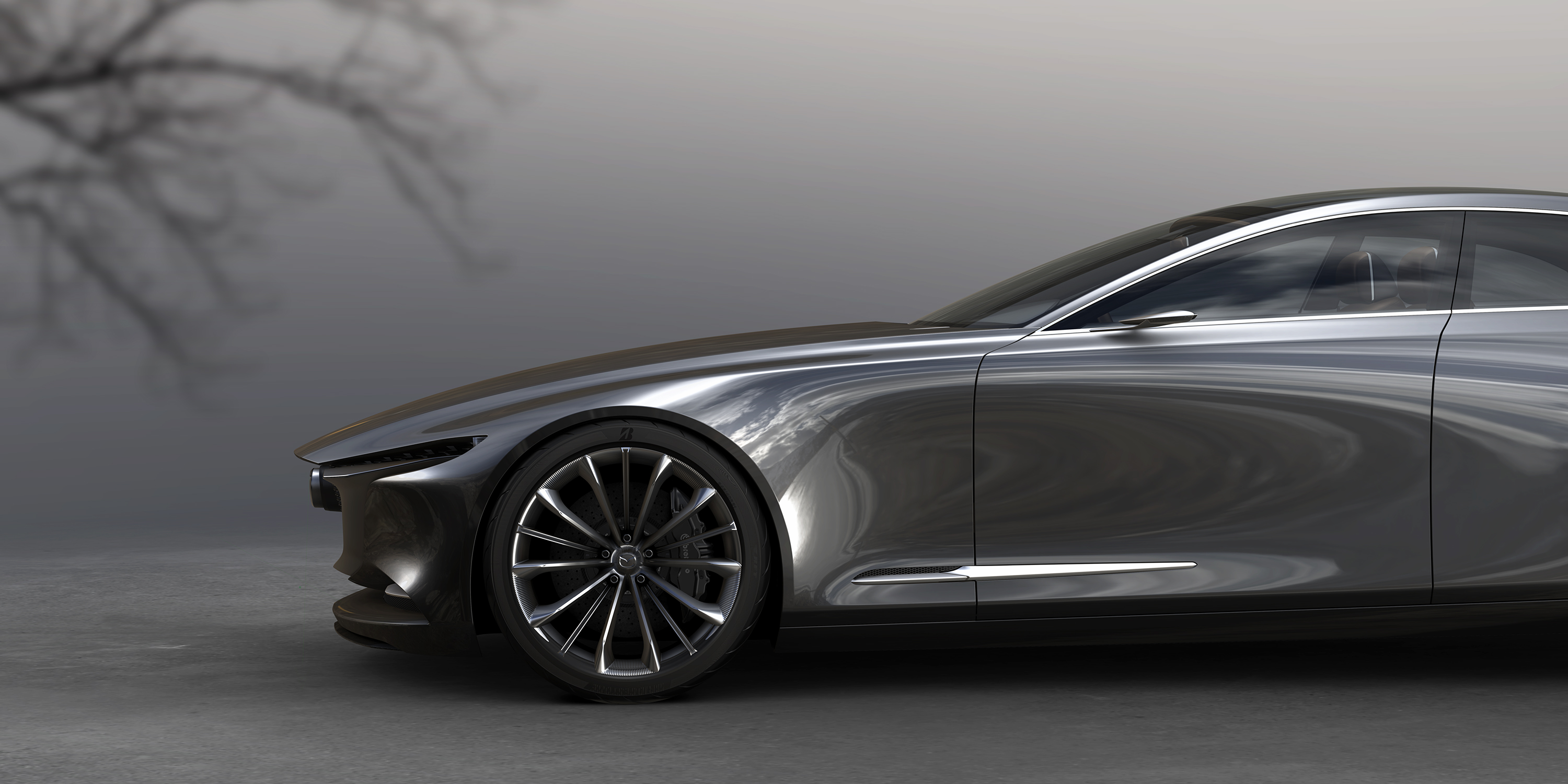Strip away everything unnecessary, leave only the purest form: Learn how and why Mazda’s Kodo design embraces the minimalist principle of “less is more”.
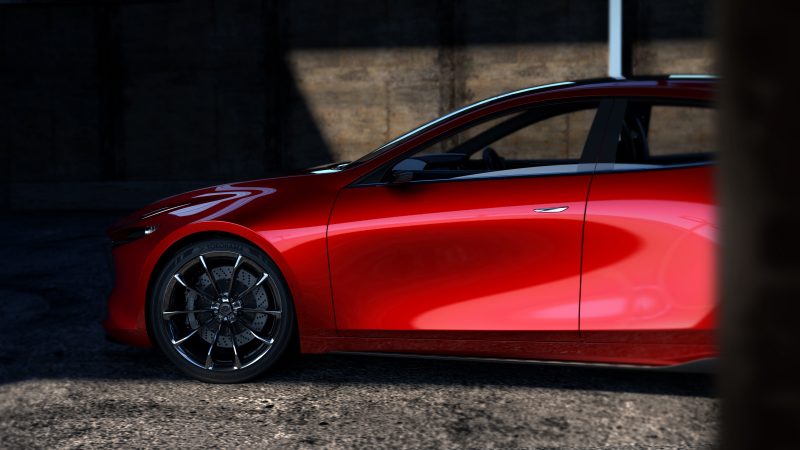
For the longest time, people thought – and were told – that happiness comes from surrounding yourself with as many possessions as possible. The 20th century basically lived off this premise. But as time went on, many realised that this promise of happiness was an illusion: The more you own, the less happy every single thing makes you – and the more dependent you become on owning even more. And maybe even worse, it distracts you from the happiness that comes from non-material things, such as enjoying nature, love, friendship or pursuing wisdom and personal growth. In short: “more, more, more” is not a sustainable concept – not on a level of personal happiness or regarding global resources and climate impact.
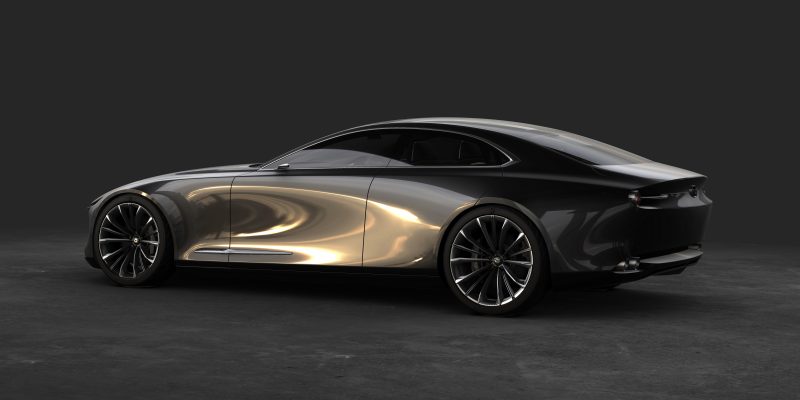
In an ever more complex world, many people thus desire a return to simplicity. This is why minimalist movements such as simple living, epitomised by prominent figures such as Marie Kondo, are trending today – but they are anything but new development. Japanese culture and its design philosophies know many principles that have been implementing minimalist principles for centuries. They are also the basis for Mazda’s Kodo design, not because minimalism is trendy, but because it is part of our cultural roots.
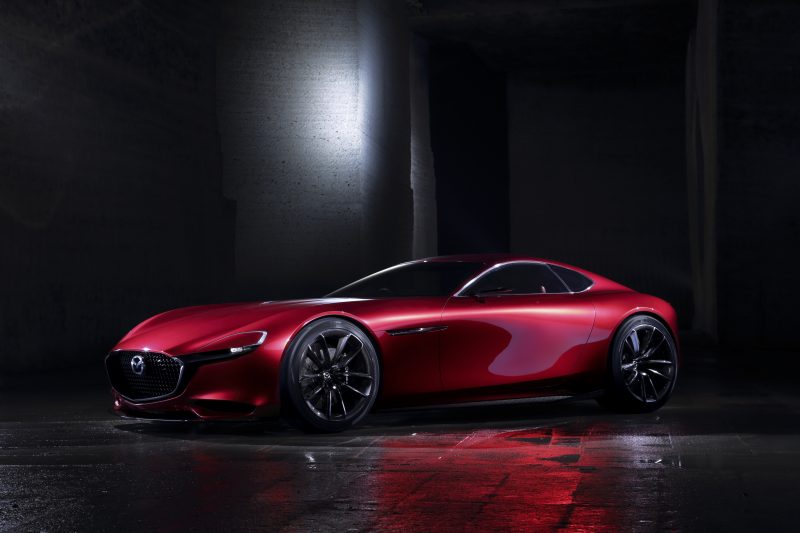
Asked what makes a design a Japanese design, former Mazda’s Global Head of Design, current Senior Fellow of Brand Design and father of the Kodo design Ikuo Maeda replied: ”Less is more. First and foremost, Japanese design must be simple and pure.” The model for this design philosophy is the natural world with which Japanese aesthetics have always shared a deep bond. Be it an emphasis on openness in traditional Japanese architecture, which relies on moving walls to frame the scenery outside, or the yearly spectacle of the cherry blossom with its myriad manifestations in art: the natural world is never far off when it comes to Japanese ideas of beauty. It permeates everything from art to people’s everyday lives and preferences.
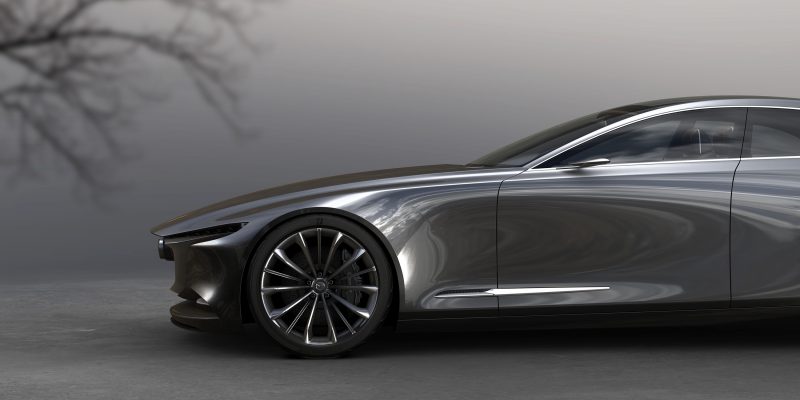
One of the philosophies that marry nature and culture in Japanese design is Ma which refers to the concept of negative space. When decorating rooms, Japanese architects, for example, only use a few carefully chosen elements. Ma is the beauty and tension found within the vacant space between those elements. Applied to the context of car building, this means resisting the temptation to overload the design with many extraneous elements and being restrained and minimal regarding interior or exterior features to create space for the eye to wander and enjoy what is not there just as much as what is there.
Another philosophy that supplements Ma is Kaicho, which is all about curating and enhancing the space that Ma creates. It does this by harmoniously combining various materials and textures that complement each other, becoming more than the sum of their parts and producing simplicity and sophistication from complexity. Lighting is also a key attribute of Kaicho. For Mazda, this means employing subtle, soft, indirect lighting to enhance the feeling of harmony in its cars.

“Mazda’s philosophy is to make things natural, easy, and not distracting for the driver”, says Chief Designer of the Mazda CX-60 Akira Tamatani. “We want to see people in our cars spending a more enriched life.” And an enriched life is for more and more people, one where you may have less – but what you have is truly worth something.

